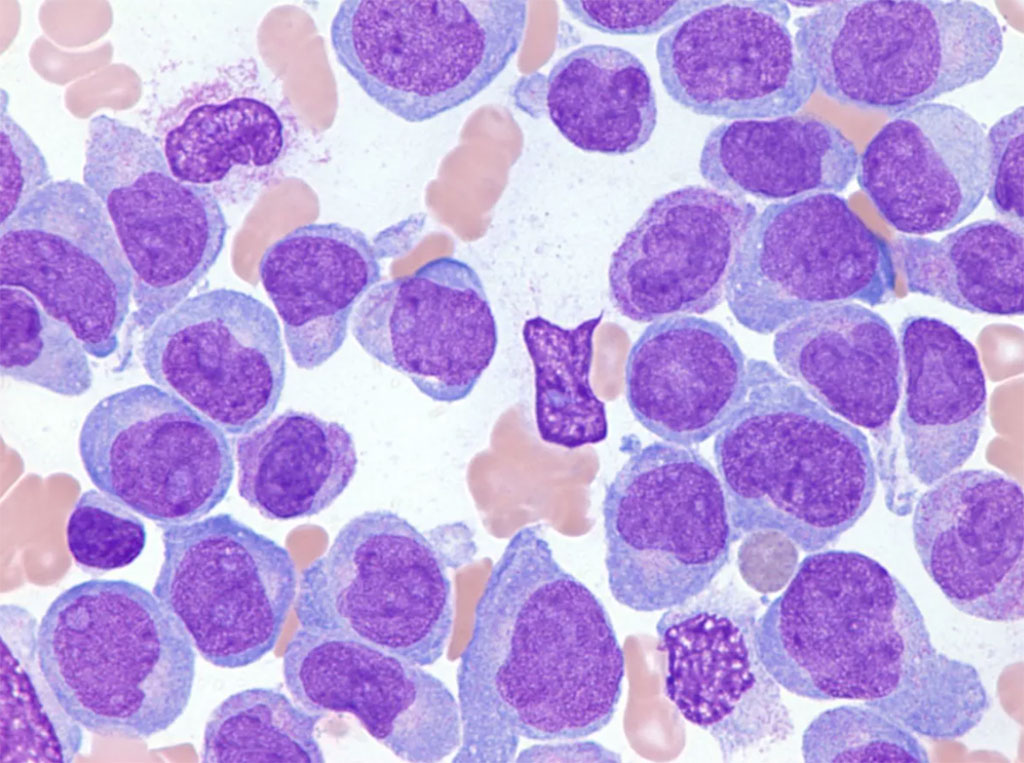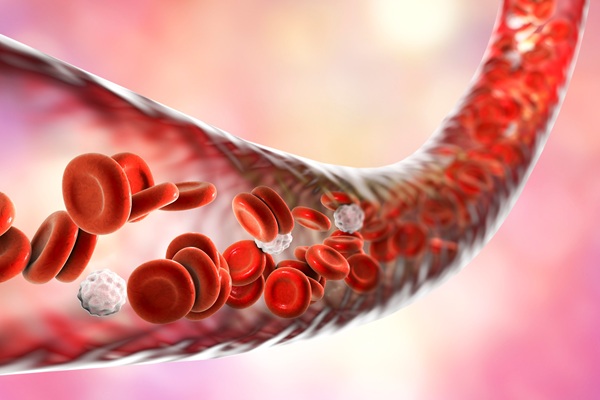High-Risk Subtype of Relapsed Pediatric Acute Myeloid Leukemia Revealed
Posted on 25 Feb 2022
Scientists have found a previously overlooked mutation in a subtype of pediatric leukemia that has implications for identifying high-risk patients.
Acute myeloid leukemia (AML) is a cancer of the myeloid line of blood cells, characterized by the rapid growth of abnormal cells that build up in the bone marrow and blood and interfere with normal blood cell production. Symptoms may include feeling tired, shortness of breath, easy bruising and bleeding, and increased risk of infection.

A high proportion of children with acute myeloid leukemia will achieve remission but up to a quarter of these children will relapse. Relapse usually occurs within the first three years after treatment. Although relapsed AML tends to be more resistant to treatment, many children can be successfully re-treated.
Hematopathologists at St. Jude Children’s Research Hospital (Memphis, TN, USA) and a large number of their colleagues evaluated the genomics of 136 patients treated for relapsed AML. The team developed the computational approaches to identify the genomics of AML, and potentially similar mutations, in AML and other cancers.
The scientists identified a specific type of mutation called a UBTF exon 13 tandem duplication (UBTF-TD) that occurred in 9% of relapsed pediatric AML. This represents a significant and previously unrecognized subtype UBTF-TD. AMLs commonly have normal karyotype or trisomy 8 with co-occurring WT1 mutations or FLT3-ITD, but not other known oncogenic fusions. These UBTF-TD events are stable during disease progression and are present in the founding clone. Additionally, they observed that UBTF-TD AMLs account for approximately 4% of all de novo pediatric AMLs, are less common in adults, and are associated with poor outcomes and minimal residual disease (MRD) positivity. UBTF-TD AML is more common in children than adults. It is also associated with poor outcomes and an increased incidence of MRD. MRD refers to cancer cells that persist in small numbers after initial treatment, often giving rise to recurrence of the cancer.
Xiaotu Ma, PhD, from St. Jude Department of Computational Biology and the co-corresponding author of the study, said, “This is an extremely difficult mutation to detect, so a lot of work went into developing the right algorithms. We had to develop our method from scratch. Most of the existing methodologies assume there is only one event creating these kinds of mutations but, as with UBTF-TD, that isn't always the case.”
The authors concluded that expression of UBTF-TD in primary hematopoietic cells is sufficient to enhance serial clonogenic activity and to drive a similar transcriptional program to UBTF-TD AMLs. Collectively, these clinical, genomic, and functional data establish UBTF-TD as a new recurrent mutation in AML. The study was published on February 16, 2022 in the journal Blood Cancer Discovery.
Related Links:
St. Jude Children’s Research Hospital














